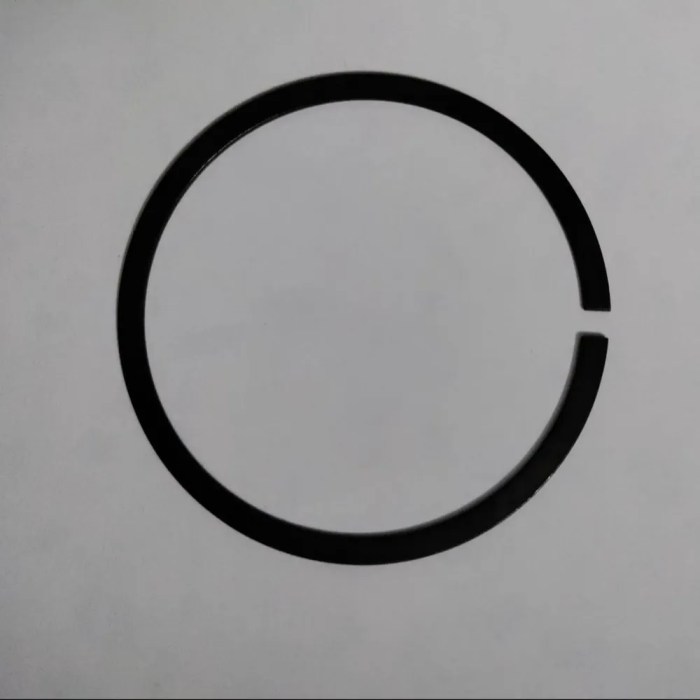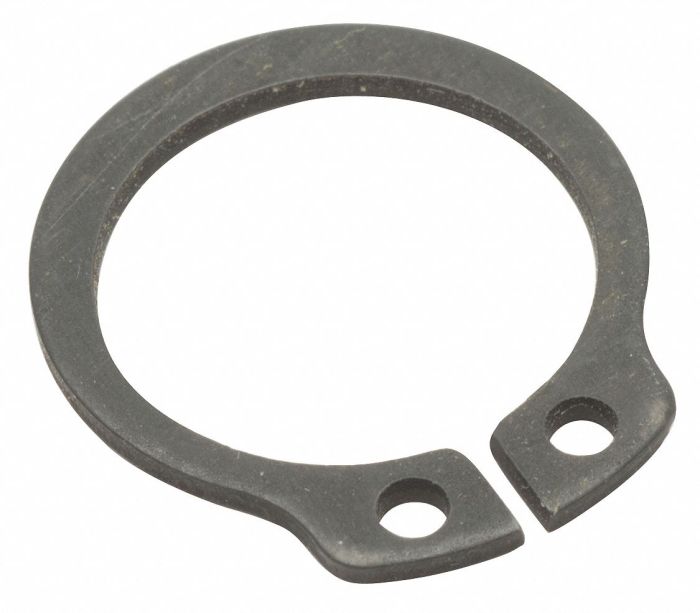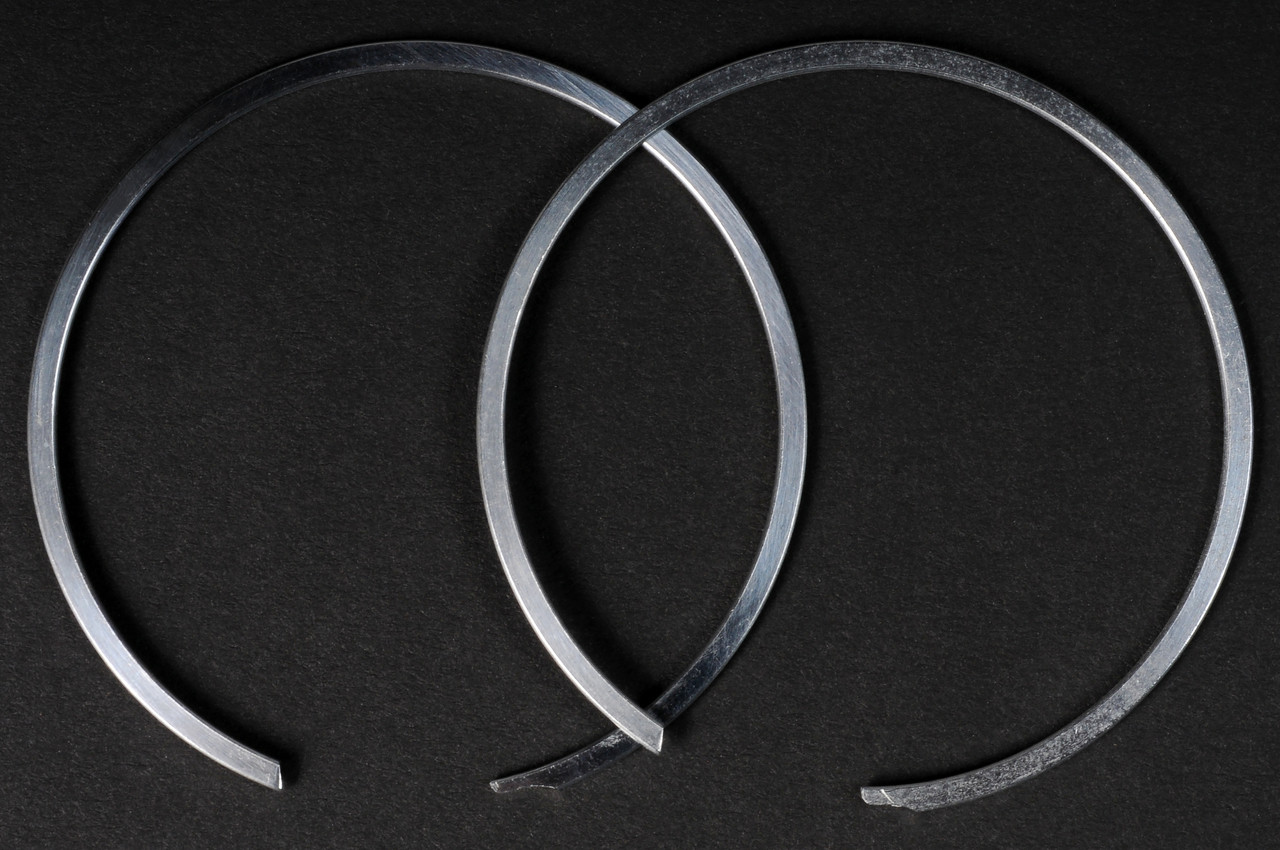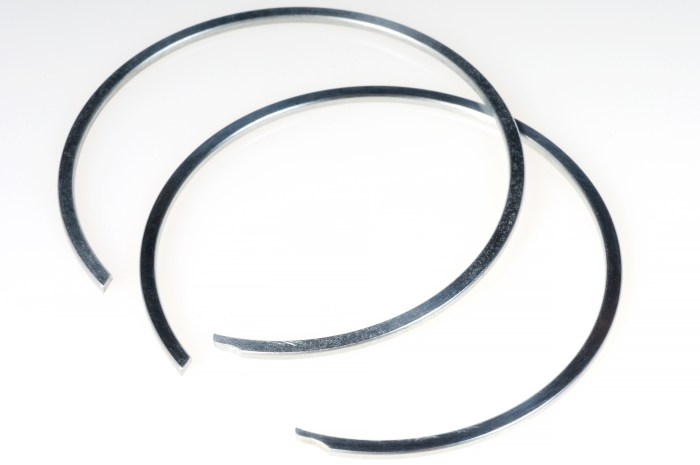What locks the output gears onto the output shaft? This question unveils a multifaceted realm of mechanical engineering, where precision, durability, and efficiency converge. Our comprehensive exploration delves into the intricacies of locking mechanisms, shaft preparation, gear installation, and maintenance, providing a thorough understanding of this critical aspect of power transmission.
From keyways and splines to press fits and shrink disks, the locking mechanisms employed in securing output gears exhibit diverse strengths, advantages, and limitations. We unravel their characteristics, enabling informed decision-making based on specific application requirements.
Locking Mechanisms

Locking mechanisms play a crucial role in securing output gears onto output shafts, ensuring efficient power transmission and preventing slippage or disengagement.
There are various types of locking mechanisms, each with its own advantages and disadvantages:
- Keyways:Simple and cost-effective, keyways involve cutting a groove into the shaft and a matching key into the gear, providing a positive lock.
- Splines:Similar to keyways, splines involve cutting multiple teeth into both the shaft and gear, offering higher torque capacity and resistance to axial forces.
- Press Fits:Involves forcing the gear onto the shaft with high pressure, creating a friction fit. Press fits are permanent and require specialized tools.
- Shrink Fits:Similar to press fits, shrink fits involve heating the gear and cooling the shaft, creating a tight fit as the gear contracts upon cooling.
| Mechanism | Strength | Durability | Ease of Use |
|---|---|---|---|
| Keyways | Moderate | Good | Easy |
| Splines | High | Excellent | Moderate |
| Press Fits | Very high | Permanent | Difficult |
| Shrink Fits | High | Good | Difficult |
Shaft Preparation

Proper shaft preparation is essential for successful gear installation and longevity. It involves preparing the shaft surface to ensure a secure fit with the locking mechanism.
Common shaft preparation methods include:
- Keyways:Milling or broaching a groove into the shaft to accommodate the key.
- Splines:Cutting multiple teeth into the shaft using a splining cutter.
- Press Fits:Machining the shaft to a precise tolerance for a tight friction fit.
- Shrink Fits:Creating a slight interference between the shaft and gear by machining the shaft slightly smaller than the gear’s bore.
Step-by-Step Shaft Preparation for Keyways:
- Determine the keyway size and location based on the gear.
- Clamp the shaft securely in a milling machine or broaching machine.
- Use a keyway cutter or broach to cut the keyway to the specified dimensions.
- Inspect the keyway for proper fit and alignment.
Gear Installation: What Locks The Output Gears Onto The Output Shaft

Gear installation requires precision and care to ensure proper alignment and secure locking. The process involves:
Tools and Equipment:
- Gear puller
- Alignment tools (e.g., dial indicator)
- Locking mechanism (e.g., key, spline, press fit)
- Torque wrench
Detailed Guide:
- Align the gear:Use alignment tools to ensure the gear is properly aligned with the shaft.
- Insert the locking mechanism:Depending on the mechanism, insert the key, splines, or press the gear onto the shaft.
- Tighten the locking mechanism:Use a torque wrench to tighten the locking mechanism to the specified torque value.
- Check alignment:Verify that the gear remains aligned after tightening.
Maintenance and Inspection

Regular maintenance and inspection are crucial to ensure the longevity and reliability of output gears and locking mechanisms.
Inspection Checklist:
- Check for any signs of wear or damage on the gear teeth, shaft, or locking mechanism.
- Inspect the alignment of the gear and shaft.
- Listen for any unusual noises or vibrations during operation.
- Check the torque on the locking mechanism.
Common Signs of Wear and Tear:
- Pitting or spalling on gear teeth
- Excessive backlash between gears
- Loose or damaged locking mechanism
- Misalignment between gear and shaft
Essential FAQs
What is the most common type of locking mechanism used for output gears?
Keyways are widely employed due to their simplicity, ease of implementation, and compatibility with a range of shaft sizes.
How can I determine the appropriate locking mechanism for my application?
Consider factors such as torque transmission requirements, shaft diameter, and operating environment to select the optimal locking mechanism.
What are the key steps involved in installing output gears?
Proper shaft preparation, alignment, and secure fastening using the chosen locking mechanism are crucial for successful gear installation.